-
Posts
895 -
Joined
-
Last visited
Content Type
Profiles
Forums
Store
Help Articles
Posts posted by paul o' vendange
-
-
16 minutes ago, AAQuesada said:
His recipes both sweet and savory have been so well tested and really work. Love how he's evolved as well from Chez Panisse to having lived in France for years. I've been thinking about his new book as well even though I have the first one! Pretty sure there is plenty new but still lol
I had no idea he was at Chez Panisse. And your testament means a lot. Definitely buying some.
BTW, I went to Berkeley. One of my fondest things was to stop off at Café Fanny for morning cafe au lait in a bowl, and some morning pastry. If I recall correctly Alice Waters had named it after her daughter, which also gave it special meaning. Bit of Parisian civilization which set the day right. Ah, wistfulness....
Edit: whoops, forgot - we have his Drinking French!
-
 2
2
-
-
2 minutes ago, AAQuesada said:
Thank you! I really have to pick up a couple of his books. Been on my cart a long time.
-
 2
2
-
-
-
10 minutes ago, Ann_T said:
This is the same website that I found the method for just using the scrapings from the bottom of the jar for the next batch of dough.
Awesome, thanks.👍
-
25 minutes ago, Ann_T said:
Paul, it wasn't something I was familiar with until 2 years ago. I've made it a couple of times since.
I adjust the recipe slightly depending on whether I have a starter ready to use. You can find the link to where I found
it here:
https://www.culinaryexploration.eu/blog/British-Bloomer-Recipe
Wonderful, thanks Ann, I'll give it a shot. I wasn't aware of the site, so thanks for that too!
-
1 minute ago, Ann_T said:
Beautiful Ann. Never heard of this bread before - any info on it?
-
"Schrot und Korn," from a friend of mine, the family physician, author, blogger teacher and accomplished baker Dr. Björn Hollensteiner. 100% whole grain - two different coarsenesses of home-milled cracked rye, whole rye kernels boiled until "al dente" soft, a blend of roasted sunflower, flax and sesame seeds, and touch of liquid brewer's malt extract, Munich malt in this case, which I find gives a more rounded sweetness than something like beet syrup. My family wanted a very rustic rye, and this suits the bill well.
-
 9
9
-
 4
4
-
-
1 minute ago, Tropicalsenior said:
Absolutely gorgeous Yvonne. That satiny sheen is amazing and the crumb looks perfect.
-
Thank you so much everyone. I will look into the online sources you mentioned and also realize I've spaced - we have a local farm for "Black Mountain Welsh Sheep," and they do sell their meat. One thing I've noted of local farmers who butcher their own (we also have a wonderful beef farm, Seven Seeds), is that they understandably cut for what most people are looking for. One example is they cut their chops more thinly than I like to use, which limits how I would cook them. Grateful they're here, but I do sure miss working with providers for our restaurant, when we had it!
Weinoo, you're right. I need to dig more deeply with the butcher I mentioned. They source fantastically and it's very likely they can find what I'm looking for. And YvetteMT, thanks, too, for the Ag Extension. Our UW has a very strong program in dairy and animal science and they very well might have some options. I've looked into our state's sheep dairy org. - I used to make French Savoie cheeses, all raw milk from Ayshire raised on pasture by two good friends, but love Pyrénées hard cheese like Ossau-Iraty and was always hoping to source raw sheep's milk. Our state's dairy sheep farmer either make their own cheese or sell their mllk to cheesemakers who do, so very happy for them. So I've never looked on the meat side and will do so. Thanks again.
-
 6
6
-
-
9 minutes ago, AlaMoi said:
imho, , , two items that are (usually) difficult to obtain . . .
heritage pork
lamb
commercially, the hugest lamb supply is imported from NZ/Australia.
but for good stuff, one has to find a local well operated supplier.
don't know where you're located - but the little 'luck' I've had is simply internet searching on stuff like
'fresh lamb (insert town here)'
'heritage pork (insert town here)'
you may have to drive a bit . . .
we had a local breeder for heritage pork - about 30 miles.... they closed. and I've never found another within reasonable driving.
so, it is a challenge
Thanks AlaMoi. We're in WI. Thankfully we have a good butcher here in Madison and I can get humanely raised Red Wattle and Berkshire pork (I love Berkshire) but outside of already frenched racks, no idea where it comes from, probably all the way from NZ through massive brokerage and distribution channels, no lamb. Jamison lamb was extraordinary.
(Small sidenote, mentioned alive and well. Lot of help along the way, encouraging anyone in need to reach out to people who care).
-
 5
5
-
-
41 minutes ago, Smithy said:
@paul o' vendange, I don't buy lamb often but I have a meat shipment coming this month that will include ground lamb and a rack of lamb. You might look into ButcherBox.com. It's a subscription meat service, very flexible as to what you purchase and how often, and they claim that the meat is all sustainably sourced, humanely raised, no antibiotics, etc. Again, I don't know how much selection you'd have for lamb cuts, but you should check it out.
Hreat, thanks Smithy. I'll look into it.
-
 2
2
-
-
11 minutes ago, Darienne said:
Interesting question. Takes me back a long time. Ed and I were married 65 years ago...soon to be 66...and dirt poor. Two very foolish university students and soon to be parents. Where on earth were our brains? (No answers, please!)
About the lamb. Back then, in the 'olden' days, lamb was the very cheapest meat you could buy in Ontario, Canada. And so I bought lamb. And although I could happily eat a bit of lamb every now and then, Ed has categorically refused to eat lamb for forever!!!
Good luck in your search.
Thanks Darienne. Congratulations on your time together! I'm 64 now, married coming up on 28 years only. But yes, amazing to look back on life. I was in terrible health for many years, until diagnosed properly some years ago (and then again with EDS a few years ago). I was up to 280, on a road to an early death. But per below, things have turned to the good.
Began cooking before 10, French food by 12 when my mom bought me La Technique and I worked it cover to cover (below, the famous "cream puff swans" from Christmas, when I was 13). I cooked the entire Christmas meal. Fluent by 14 owing all to my beloved teacher, Mme. Lewis, who took a damaged kid and made him, for all intents and purposes, her TA for all 6 periods by 9th grade in an attempt to keep me in school. Life was since then a wandering through many things and I have no regrets - currently swimming up to 7500 yards daily, in fantastic health, though I mourn this pretty ancient connection to "Frenchness". We'll see if I find my way back. All good.
Thanks for your post and again, all blessings for many years more.-
 10
10
-
-
I have been out of cooking a long time now, and it has been fitful coming back. Not sure I ever really will. To show how long, I was saddened to just read Jamison Farm shut down back in 2021, in good measure due to the restaurant closures suffered under Covid. They were our sole lamb provider for our short-lived restaurant Waterstone, in the Upper Peninsula (2004-05).
Where do you obtain your lamb? Things like shoulder clod?
-
 2
2
-
-
Very sad news. The world and cuisine was a better place because of her.
-
Not much, but we're not doing our usual. No whole roast bird, buying a whole duck and breaking down the legs for confit, breasts for pan-roast, jus/sauce of some sort from the carcass, Robuchon mashed, Tom Colicchio's brussel sprouts (love his recently released Why I Cook!) and a mix of Estonian and German sides. German or French dessert.
-
 5
5
-
-
In case it's helpful for some folks, just came across this on KA's website - a breakdown of names and whether sourdough or cultured/commercial yeasts are used, per type.
https://www.kingarthurbaking.com/blog/2020/02/05/baking-with-preferments
-
2 minutes ago, Ann_T said:
It is sometimes confusing, with the different terms that are used. Levain, Poolish, Biga, Pate Fermentee are just different preferments.
So when Gerard renews his Levain, I'm not sure what he means by that. When I want a preferment for my next batch of sourdough bread, I
start a new preferment, whether a levain, poolish, biga, etc.
I've experimented with all of them over the years. The one I used more often was a "Biga". Both a yeast version and a sourdough version.
The sourdough version was made using 60 to 80g of sourdough starter and added to 250g of flour and 250g of water. Once it had more than doubled
it was added to the next batch of dough. These little scrapings of the jar preferments, I just refer to as mini bigas.
I have still been maintaining my mother, feeding it every couple of weeks. I think that it has just become a habit that I've been feeding for 6 years and I don't want it to die.
I usually leave a dough in the fridge for a longer cold fermentation from 24 hours to 4 days. But I have left them as long as 8 and 9 days and the only difference I find
is that the sourdough flavour is a little stronger. This works for my son who loves a more sour taste. I like a milder sourdough flavour.
Yep, agreed, it can be confusing. To me, a biga is a stiff starter using cultured yeast. A poolish, a liquid starter using cultured yeast. A pâte fermentée, also typically from dough using cultured yeast. Levain, sourdough.
The wonderful thing is we can design things to do what we want, and how we want to do it. Rubaud was something of a monk. His "chef" was a stiff starter that he refreshed every 5 hours - day and night. I did that for a long time and finally just gave it up in the interest of a full-night's sleep.
Instead of "levain" I should call it "chef," what Rubaud renewed. I mean starting over fully from scratch, a new mother as I mentioned. He felt his ongoing chef would drift per the quote above. Up until then I had maintained a starter from Chicago, something like 15 years old. It was liberating for me, to be honest, to let go of something like reverence for the starter.
Here's Rubaud's process for a new chef. Note that these quantities are 1/4 of those he used - he felt there was a certain "mass effect" requiring the larger amounts for proper thermal mass, etc. He's probably right but there's no way I wanted to generate that much discard so I cut all to 1/4. Note he maintains a small amount of salt in his chef. This is to regulate activity.
-
 1
1
-
-
7 minutes ago, Ann_T said:
A sourdough starter should never have yeast added. When I started my "mother' back in 2019 it was started with organic rye and bottled water and when it was ready to maintain, I fed with organic rye and bottled water. Nothing else. Pure sourdough.
No, totally agreed. I don't mean added yeast, I mean that starter is always a dynamic system, an ecology that develops naturally over time, some blend of wild yeasts and bacterias (which we can manipulate via changes in ambient conditions). There will always be some drift because it's not static, just wondering if the method would tend to naturally move the overall balance one way or the other.
I maintain three basic starters - a liquid rye, which is renewed with "ASG," Anstellgut, cold starter left in the fridge maybe 3-4 days; water at 40C; and Central Milling's "Medium Rye," which is equivalent to the German T 1150 rye at 1.15% ash. I find that gives a good, steady development when refreshing as whole grain rye can really cause the starter to scream. Occasionally I will do whole rye, to goose the starter if it's not been refreshed for too long. I also maintain a Lievito Madre (AP & Water), and a Hefewasser (water, some existing Hefewasser, and Munich liquid malt extract, used in brewing).
Point of interest, the late great French baker Gerard Rubaud started a new mother every month or so, for this reason - he watched performance constantly and felt his starter drifted too much for him over a matter of weeks, so he always regularly started with a new starter about monthly. After learning that I stopped worrying if I had to let go of an old culture and start another.
QuoteInterestingly Gérard renews his levain regularly (every 4 to 5 weeks, sometimes 6 in the summer and every three months in the winter) as he finds it impossible to control the acids otherwise.
http://www.farine-mc.com/2009/11/meet-baker-gerard-rubaud.html
-
 1
1
-
-
33 minutes ago, Ann_T said:I mentioned a few months ago that I was using a new method I found for maintaining a sourdough starter, using just the scrapings in the bottom of the jar.I've been using this method now consistently since February.You start with about 22g of your sourdough starter and feed it with 55g of water and 55g of flour.Once it has more than doubled it is ready to go into your next batch of dough.You just need to leave a little of the starter in the bottom of the jar and feed the scrapings with the 55g of water and 55g of starter.After the first time, I never bothered measuring the scrapings. You just need to leave less than a tablespoon in the jar to feed.If you don't plan on baking anytime soon, just put the jar of scrapings in the fridge and pull out and feed with the 55/55 ratio 8 to 10 hoursbefore you want to make your next batch of dough.So if you want to make your bread dough in the morning feed it at night and it is ready to go.Or feed it in the morning and make your dough later in the day.I found that since I am baking every two or three days, I just feed the scapings immediately and after they have more than doubled,I put the jar in the fridge until I want to bake. This works for me.Last night I made three doughs using three of the mini bigas.All three doughs went into the fridge for a cold fermentation.That left me three jars with scrapings to feed. I fed each jar and left them on the counter overnight.I just took pictures of them and they are now going into the fridge for a couple of days.If you look closely at the lids, you can see how they are expanding so you know that these little starters are active and strong.Made a nice popping sound when I realized the lid.Besides being really easy, what I really like about this method is that there is no waste at all.
Very cool, thanks Ann. The only thing I'd be curious about is whether the scrapings at the bottom have a different population mix of yeasts v. bacterias, and if over time that would tend to move the population ecology to favor one or the other over time. Don't know why it would, but it would be interesting to learn more about this. Very nice to avoid waste, like you say, and your starters look robust and healthy!
-
 1
1
-
-
-
"Das Ultimative Sauerteigbrot," recipe from Rene Dasbeck (https://www.brooot.de/weizenbrote/das-ultimative-sauerteigbrot/?fbclid=IwY2xjawN2XQVleHRuA2FlbQIxMABicmlkETFmZDQ0dXFLZVRZbnlySVZuAR6hdP13QyH-HhP9AdzvLk-AfgyuXpbVn9A_CDxbzA1oBZZXDMvxB4ouTVqCKw_aem_KdbnKjzYidqkmIDMHPC5qQ&brid=1mib5OTjoleHhLhjZdlu9A). Nice in that it has a relatively small amount of pre-ferment, and a touch of beet syrup. Very aromatic, as he indicates, a pleasant everyday levain.
-
 5
5
-
 2
2
-
-
1 hour ago, Wholemeal Crank said:
I actually tried one of those Lodge pots with the flat frying pan lids, but my loaves came out too flat. So I'm using some 1.5 qt pots I found on Amazon after lots of searching. They're just a bit over 5 inches in diameter, so the space for scoring is quite confined.
(I posted a bit about the loaves with some photos in the Ancient & heritage grains topic here).
Beautiful work!
I find my loaves do OK, so long as I've developed structure well enough. But I don't work with low-gluten materials like you do (except for some lower-strength grains like einkorn, emmer, etc. - 60:40 einkorn:BF below, sorry if I've already posted it), so I can understand why it might not work well. Shoot. I hope you find a good solution!
-
 1
1
-
 1
1
-
-
33 minutes ago, Wholemeal Crank said:
Pardon if I am repeating a discussion mentioned above (this is quite a long topic)....but I am struggling with how to make my slashes when using a preheated dutch oven to bake my loaves.
My low-gluten dough is quite soft and I am worried that if turn it out of its banneton and slash while it is on the parchment paper sling the extra time will permit it to flatten too much to fit into the pan.
Once it is in the pan, the top to be slashed is well below the rim of the extremely hot dutch oven.
Most lames seem made to draw horizontally across the surface of the loaf--and my fingers cringe at the possibility of burning my fingers if I use that style. What solutions do you use with dutch-oven baked loaves?
That can be tough, especially with low-gluten bread. One option I might suggest is the dutch oven I use - it's the Lodge combo cooker (https://www.amazon.com/dp/B0009JKG9M?ref_=ppx_hzsearch_conn_dt_b_fed_asin_title_3). It's great, because one side is a skiller (i.e., low walls, allowing you to slash more safely), and the other is a deep-pot. I place the bread on the shallow side, slash, and put the deep pot on top as the "lid." Works great. Good luck.
-
 1
1
-
-
On 10/27/2025 at 3:37 PM, Tropicalsenior said:
Everything is gorgeous. And I'm sure that it tastes just as wonderful as it looks. I sure wish that I could get some decent Rye flour down here.
Sorry for the delay and thank you for the kind comment. I hear you on the availability of rye. I count myself lucky in that I have a couple of great options here, but even there, I'm blown away by what is available to my German and Austrian friends - not only are there so many options in a "standard" rye (different ash levels - e.g., Types 815, 1150, 1340, 1740, 1800, even Type 2500 - seen mostly in Austria, "black flour," used in moderate amounts for complexity - https://www.haindlmuehle.eu/produkt/haindl-muehle-roggenmehl-type-2500/), but "Schrot" (not cracked, but actually chopped rye, of different coarsenesses), "Extrafein" flours from places like Biomühle-Eiling (https://www.biomuehle-eiling.de/bio-mehl/roggenmehl/bio-roggenvollkornmehl-extrafein-1kg), and then the many rye varieties (Alpenroggen, Champagneroggen, and others). Finally, the fact that as end-point consumers they can go directly to the mills, who have their brick-and-mortar retail shops on site, blows me away. I have a standing invite to visit them and can't wait to go.
My friend Dr. Björn Hollensteiner, aka "Der Brotdoc" (https://brotdoc.com/ ), once kindly sent me a variety of German flours to try, including the Extrafein flours from Biomühle-Eiling mentioned above. I have never experienced anything like these. It was like mixing velvet in the bowl. Even whole-grain/Vollkorn flours gave a lightness and lift rivalling pure bread flour breads I've baked. A truly incredible range of products.
-
 1
1
-
 1
1
-



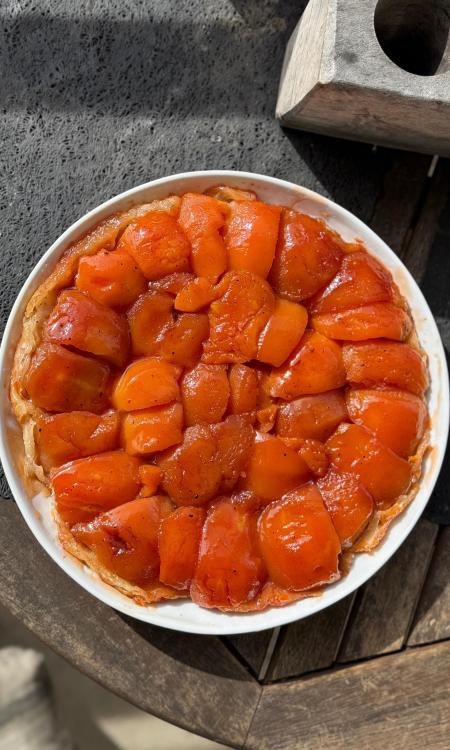
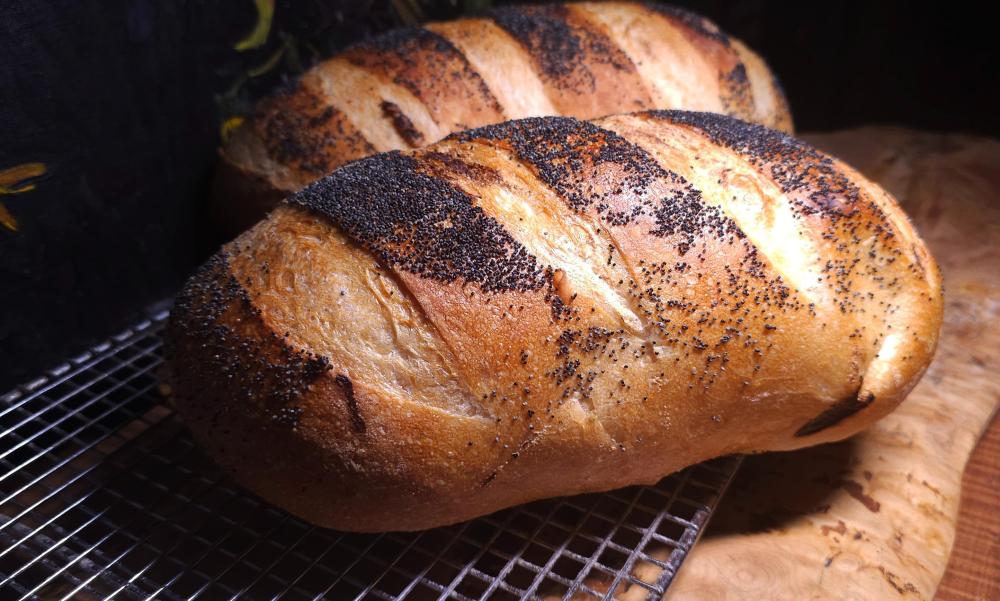
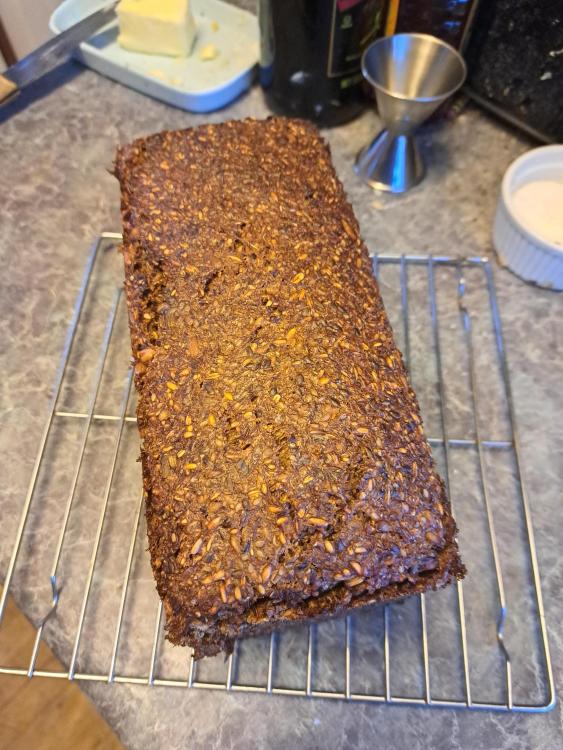
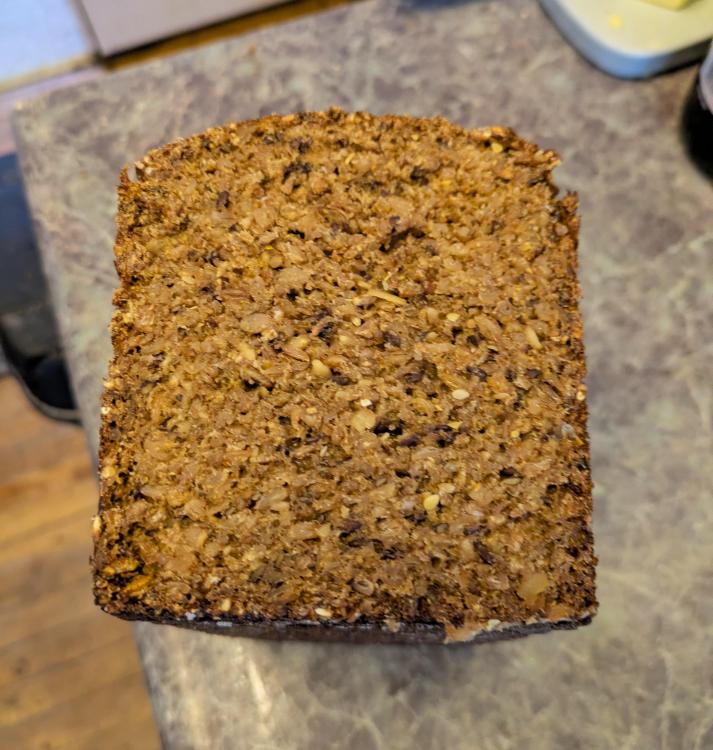



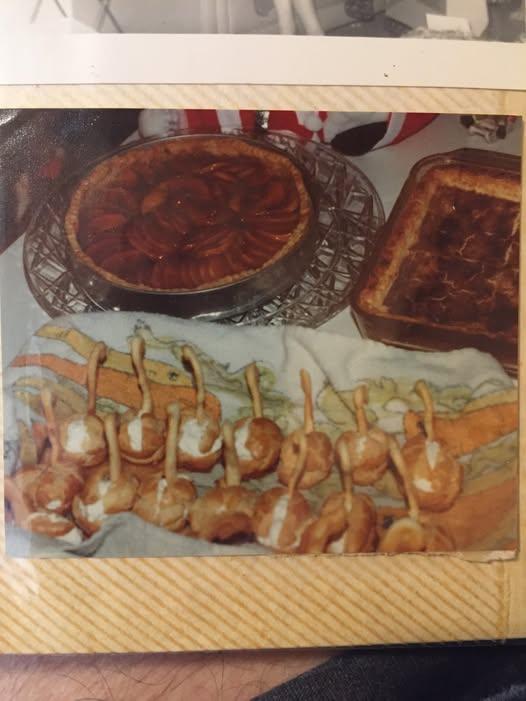
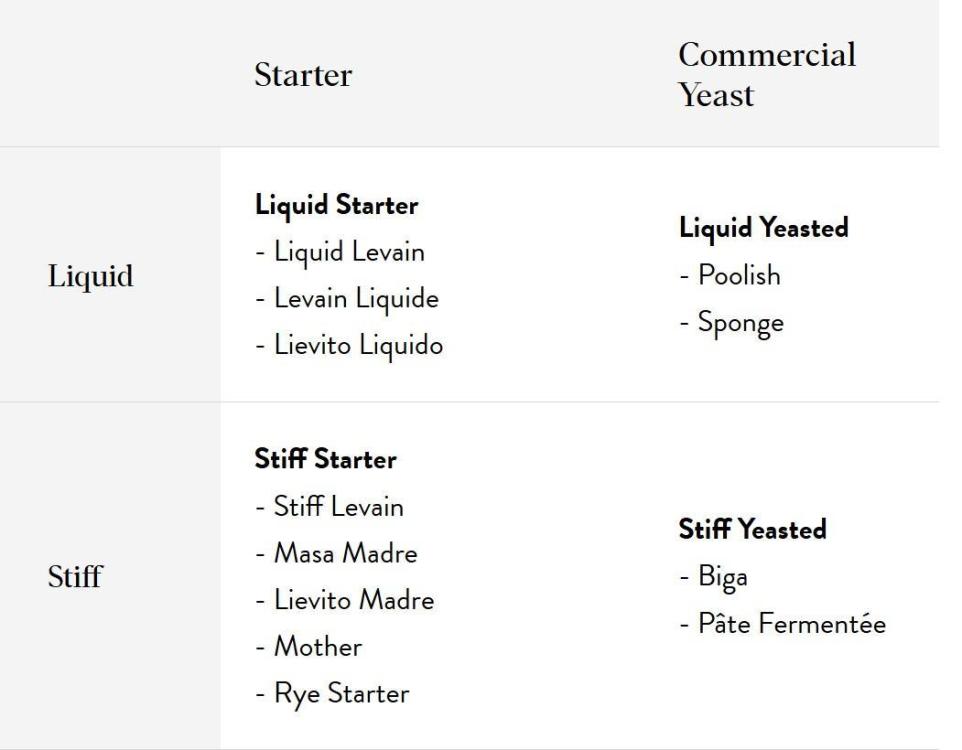
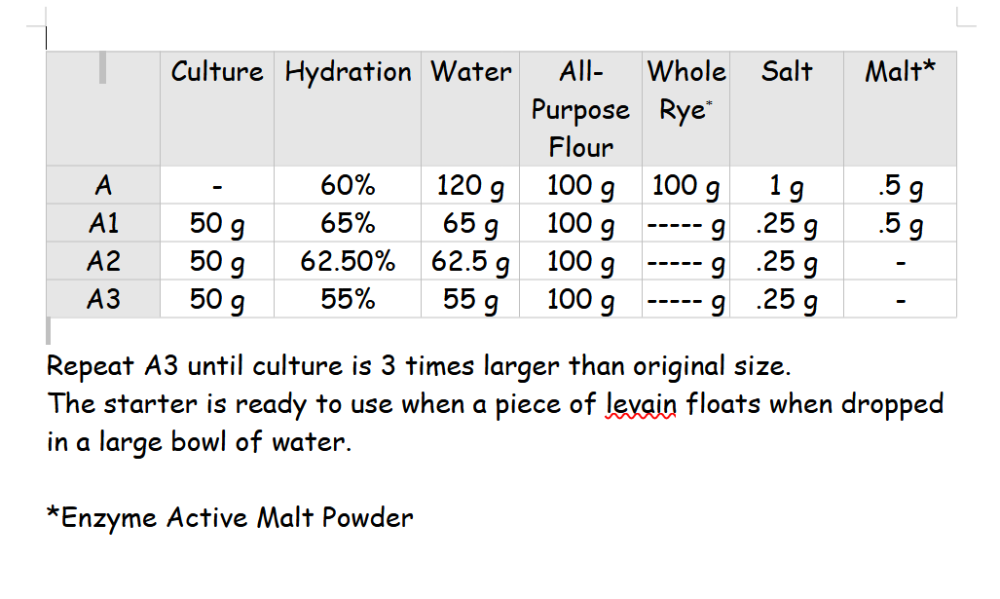
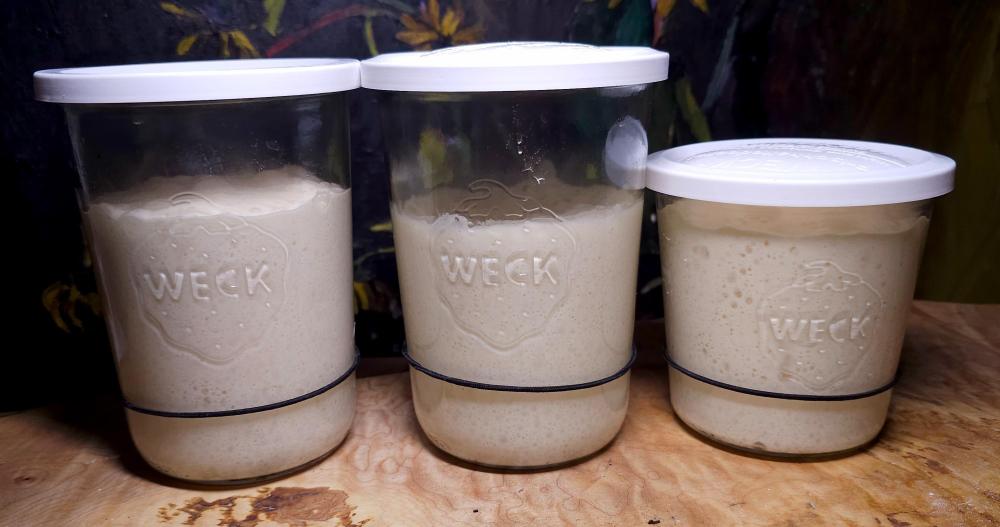
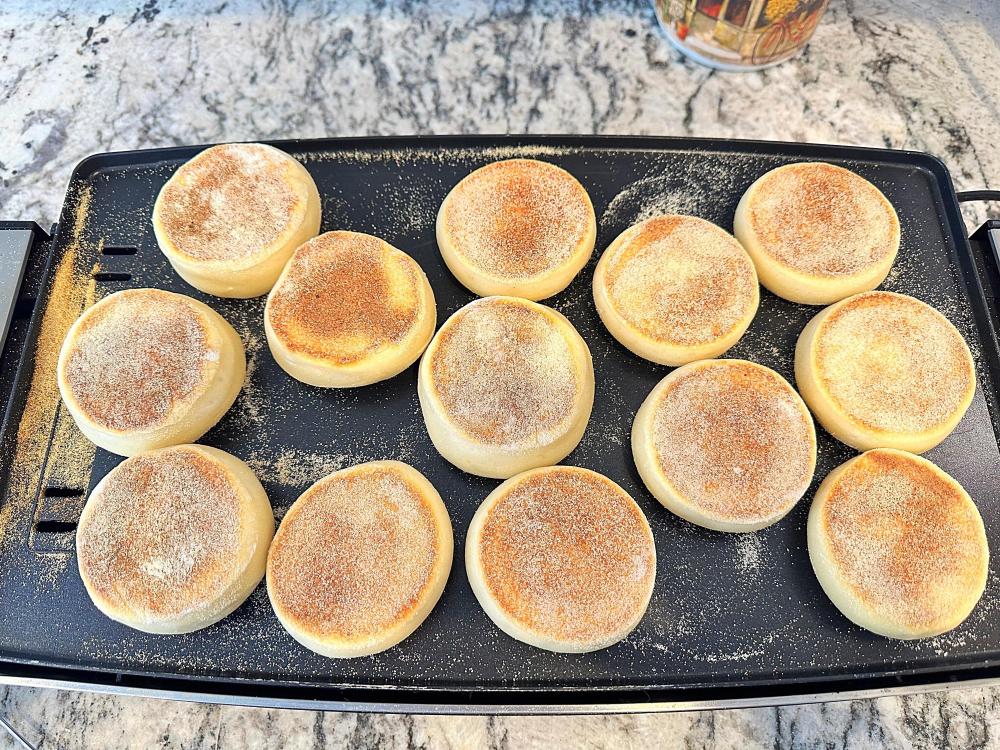
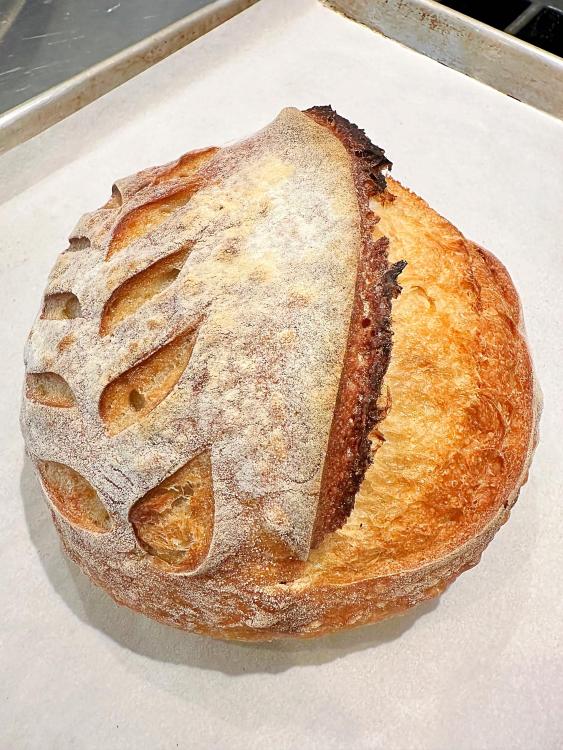
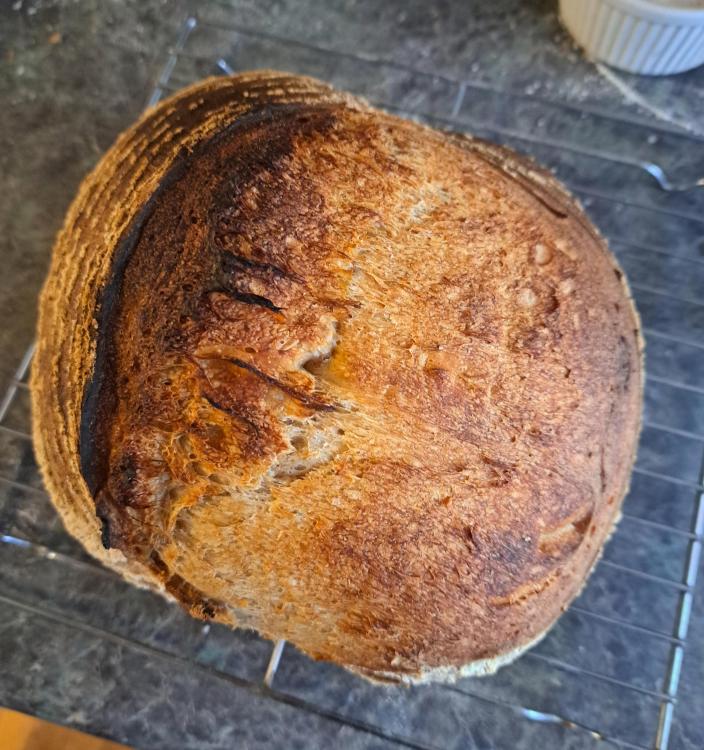
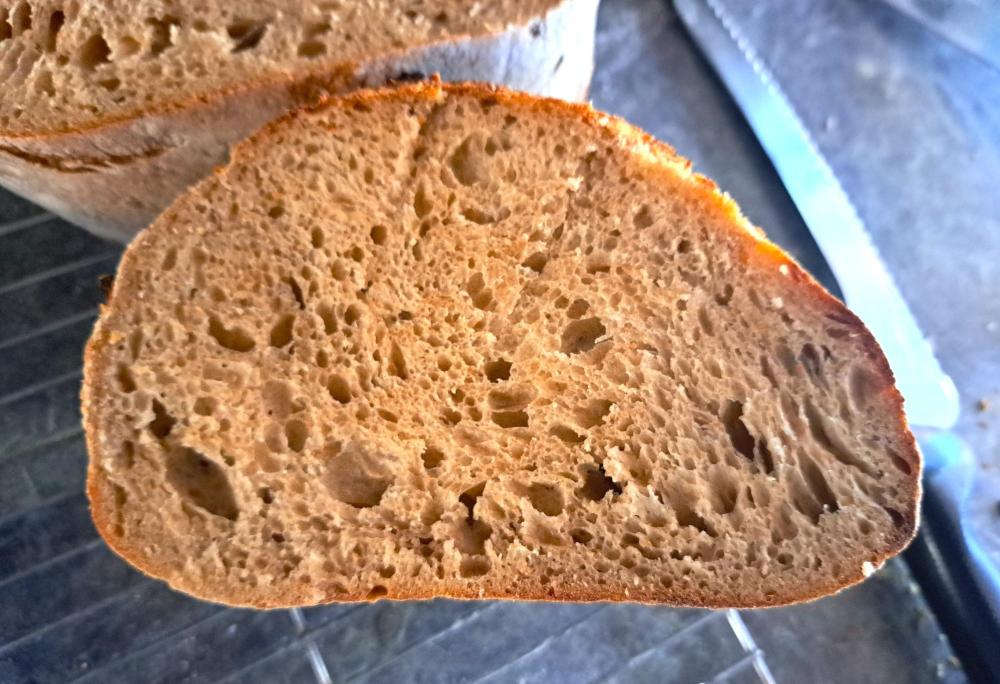
Lamb sourcing?
in Cooking
Posted
Excellent, thank you. I recall now from TFL book he used Elysian, wasn't aware Eric Ripert does as well. I'll go have a look. 👍